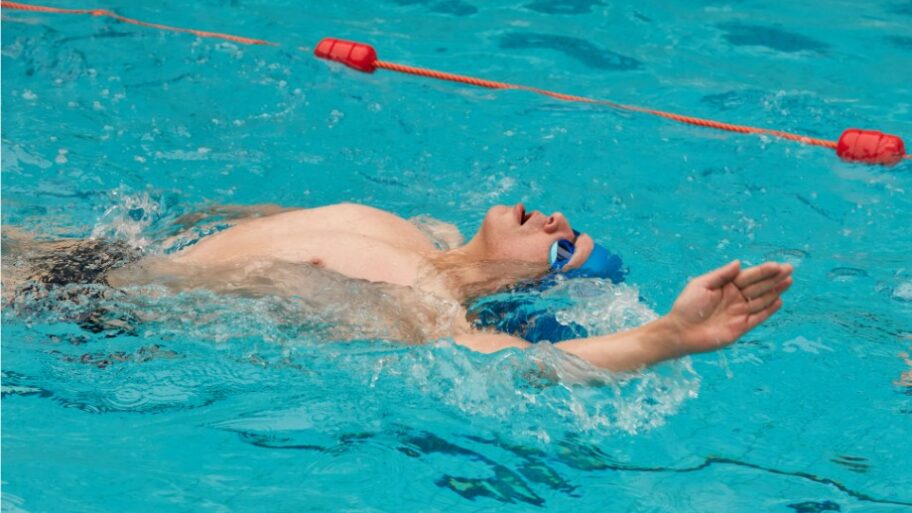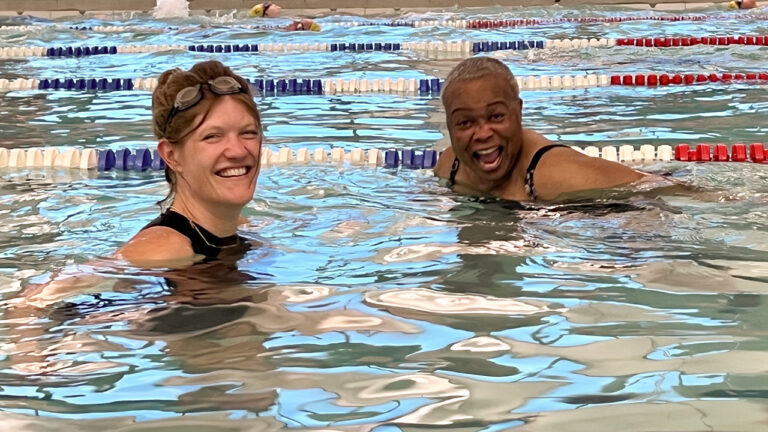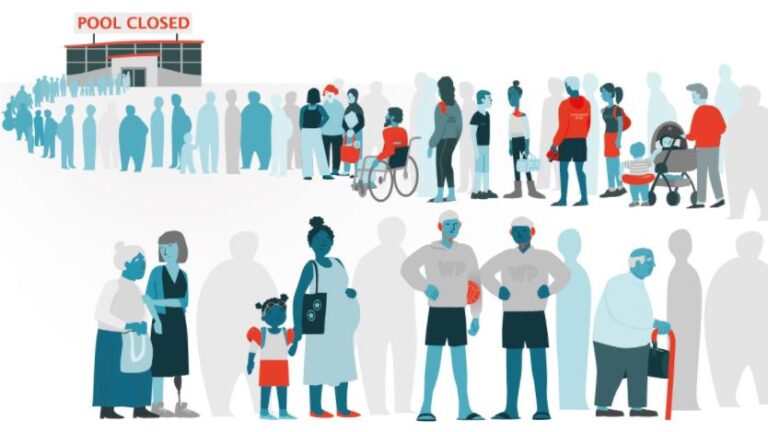This 26 March, we celebrate Purple Day: a time when people in countries around the world are invited to wear purple and host events in support of epilepsy awareness. If you are a WeSwim volunteer, you may come across people swimmers with epilepsy, so we’d like to help you understand better this condition.
What Is Epilepsy?
According to the NHS, epilepsy is a common condition that affects the brain and causes frequent seizures. It’s estimated that 65 million people have epilepsy worldwide, which is almost 1% of the world’s population. Epilepsy is usually a lifelong condition, but most people with it are able to have normal lives if their seizures are well controlled. Learn more about seizures and how to react in this short video.
Swimming for People with Epilepsy
Most people with epilepsy can take part in swimming. According to swimming.org, research has actually shown that regular swimming can improve epileptic control. Seizures during swimming are actually rare and more likely to happen within the three hours after exercise when blood sugars are low, so swimmers should drink glucose drinks and stay hydrated.
A few good practices apply, in particular:
- It’s recommended that people with epilepsy seek medical advice from a doctor before starting swimming.
- The person with epilepsy should not swim on their own, but rather with a friend, family member or a WeSwim volunteer.
- It’s also a good idea to discuss the condition prior to going into the water, for instance about the types of seizures the individual usually experiences and how the accompanying person can help.
- The swimmer may want to notify the pool staff beforehand, especially lifeguards, so they can react quickly in case of a seizure.
- The individual should avoid swimming if they are overtired, stressed or feverish because the sudden immersion into cold water could increase the risk.
- As in all other situations, flashing lights should be avoided as they may precipitate seizures – in a pool this may also be the shimmering sunlight across the pool surface.
What to Do If Someone You’re Swimming with Has a Seizure
This scenario is rare but can happen so it’s best to be prepared and know how to react. Some people with epilepsy will recognise the warning symptoms when they are about to have a seizure, so they can make their way to the poolside and seek attention beforehand, but this may also be sudden. As a volunteer, here are a few guidelines to help you when facing this situation:
- The most important is to support the swimmer’s head above the water so that they can breathe.
- Gently tow them to shallow water. You might be tempted to try and move them to dry land immediately, however, it’s actually safer for you to keep them in shallow water and provide support as there is less chance they could bring harm to themselves. If you are struggling to support them in the water, don’t be afraid to ask someone else to help.
- Pay attention to the swimmer but also to yourself, to avoid any injury as a result of uncontrolled movements, and do not restrain the person’s movements while you do this.
- Once the breathing is normal, you may take the person out of the water and turn them on their side, holding them in the recovery position.
- If the swimmer has inhaled water during the seizure, they may need medical attention even if their breathing has returned to normal because inhaling water can cause lung or heart damage.
We hope this blog has enabled you to prepare you, as a volunteer, to swim with a person who has epilepsy. If you are a swimmer with epilepsy or if you have already seen a seizure, tell us about your experience in the comments.






